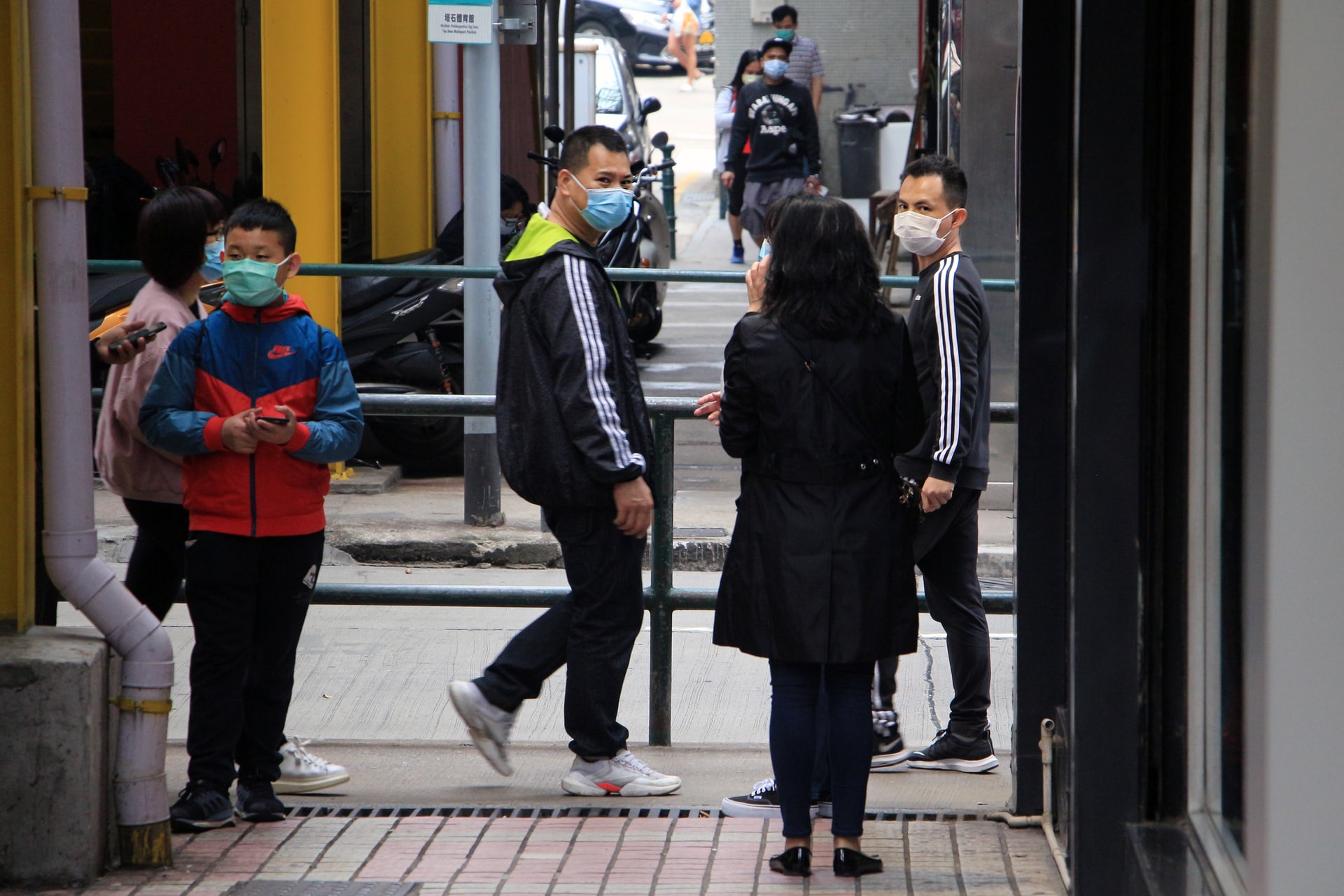
Vaccines for COVID-19 are now being rolled out, but in the UK, this good news has been tempered by the emergence of a new, potentially more infectious strain of the virus. Exactly how the pandemic will evolve has become more uncertain.
Certainly, the next three or so months will be challenging, and a virus-free life is probably some way off. Some things may not return to how they were before.
Predicting exactly how things will play out is difficult, but there are some things we can forecast with a relative degree of confidence. With that in mind, here’s what we can expect from the coming year.
What impact will the new strain have?
There’s currently only limited information about the new viral strain. Although yet to be confirmed, it appears to be more infectious, but not to lead to more severe disease or be able to evade vaccine-derived immunity.
However, the variant suggests the virus is able to produce significant mutations, and further mutations could change the course of the outbreak. Suppressing the pandemic quickly therefore has become an even more urgent task.
Stricter restrictions on behaviour are likely to last well into the new year, and we may need further restrictions to control the virus if it is indeed more infectious.
How long until we see the vaccine’s effects?
Producing enough vaccine doses is a big task – production might hit a bottleneck. Even assuming we can make all we need, immunising people will take many months.
In the UK, GPs are rolling out vaccines, and an average English GP looks after nearly 9,000 people. Assuming GPs work eight hours each day, need 10 minutes to vaccinate someone, and each patient needs two shots, it would take them more than a year to see all their patients. Others, of course, will help with the roll-out, but this shows the size of the task. Delays will be unavoidable.
Additionally, the two doses of the Pfizer vaccine need to be given 21 days apart, with full immunity arriving seven days after the second jab. Other vaccines – such as AstraZeneca’s – require an even longer period between doses. It will take at least a month (if not more) to see the full effect in each vaccinated person.
In countries that relaxed social distancing rules for Christmas, we might see a post-Christmas spike in cases. In this case, vaccines are unlikely to change much initially – the disease will have too much momentum in early 2021. This will also probably be the case in the UK thanks to the new strain of the virus, even though restrictions weren’t lifted for many. Public awareness of the disease’s momentum is needed, to avoid loss of confidence in vaccination.
How will the pandemic unfold?
After people have had COVID-19 (or received a vaccine), they become immune (at least in the short term). Those infected later then increasingly have contact with immune people rather than susceptible ones. Transmission therefore falls and eventually the disease stops spreading – this is known as herd immunity.
The level of immunity across the population needed to stop the virus spreading isn’t precisely known. It’s thought to be between 60% and 80%. We’re currently nowhere near that – meaning billions around the world will need to be vaccinated to stop the virus spreading.
This also relies on vaccines preventing transmission of the virus, which hasn’t yet been proved. If it is, we’ll see a decline in COVID-19 cases, perhaps as early as spring 2021. However, lockdowns and other measures will still be needed to limit transmission while vaccination builds up population immunity – particularly wherever the more infectious strain of the virus has taken hold.
In contrast, if the vaccine only prevents infected individuals from becoming seriously ill, we will be left relying on infections to build up herd immunity. In this scenario, vaccinating the vulnerable would reduce the death rate, but serious illness and long COVID affecting younger people would likely persist.
What’s likely to change?
Vaccines aren’t a silver bullet – some level of precaution will need to be maintained for months. In areas where the highly infectious strain is rampant, high-level restrictions may last until vaccine roll-out has finished. Any changes will come slowly, primarily in the area of care home visits and reopening hospitals for regular treatment.
In time, travel will hopefully become more straightforward, though airlines might start requiring vaccination certificates. Although some countries require vaccination against yellow fever for entry, requiring immunity passports for COVID-19 is likely to prove contentious.
Mask wearing might become a social habit globally as it is now in Asia – for example when somebody is not feeling well or is concerned for their health.
Looking further ahead
Can vaccination lead to eradication of the virus? We don’t yet know how long vaccine-based immunity lasts – and long-term immunity will be key. Fully eradicating the virus will be very difficult and will require a global effort.
While we’ve got close to eradicating polio, smallpox remains the only human disease we’ve fully stamped out, and this took almost 200 years. Measles, for example, although nearly eradicated in many countries, keeps coming back.
Some vaccines, like measles, give nearly lifelong protection, whereas others need to be repeated, like tetanus. If COVID-19 mutates regularly and significantly – and its potential to do so has just been demonstrated – we may need to take new vaccines periodically, like we do for flu. In the long term, we would also need to vaccinate children to maintain herd immunity.
The social and economic effects of the pandemic will probably be long-lasting too. Perhaps life will never return to what it was before. But it is up to us to make it safer by being better prepared for future pandemics.![]()
Adam Kleczkowski, Professor of Mathematics and Statistics, University of Strathclyde
This article is republished from The Conversation under a Creative Commons license. Read the original article.